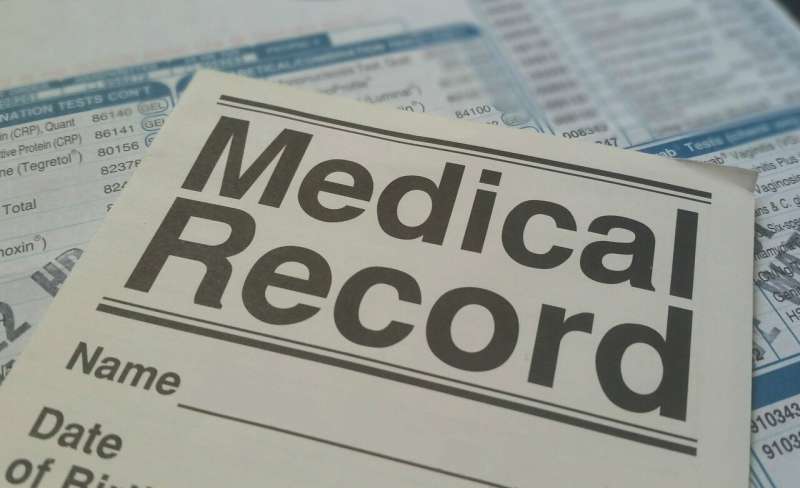Australia Launches New National Immunization Strategy to Improve Vaccination Rates

Australia's new National Immunization Strategy aims to reverse declining vaccination rates and strengthen community trust, access, and data-driven decision-making for better public health outcomes.
Recently, the Australian government unveiled a comprehensive National Immunization Strategy for 2025–2030, aimed at increasing vaccination coverage across all age groups. This initiative comes at a critical time when childhood vaccination rates have been gradually declining since 2020, despite remaining high by global standards at around 92%. Historically, coverage peaked near 95% in 2020, but disruptions caused by the pandemic, combined with access issues and vaccine safety concerns, have contributed to the drop.
The main goals of this strategy include addressing vaccine hesitancy, improving access and equity, enhancing community trust, utilizing data effectively, and considering vaccine injury compensation mechanisms. Notably, vaccination rates among children are lower among Aboriginal and Torres Strait Islander communities, who also face a disproportionate burden of preventable diseases like whooping cough and meningitis. Similarly, HPV vaccination coverage among adolescents has decreased since 2020, with a 5% decline in girls and 7% in boys.
The strategy emphasizes the importance of rebuilding trust in vaccines through community engagement and transparency about vaccine safety and side effects. Despite Australians generally trusting childhood vaccines, recent misinformation and political polarization have impacted perceptions. Strengthening community relationships requires sustained efforts, which the government hopes to revive with renewed investment.
Another key focus is ensuring equitable access to vaccines. The strategy advocates for maximizing the role of health professionals capable of administering vaccines, including nurses and pharmacists—although nurses are under-recognized despite being the largest immunization workforce—and reforming policies to allow more independent vaccination efforts.
Data collection and analysis are also central. The strategy recommends a live dashboard showcasing vaccine uptake data, including social, behavioral, and pregnancy-related vaccination information. Such data will help identify gaps and inform targeted interventions.
Vaccine injury compensation is another critical aspect. Recognizing that even rare adverse effects can impact public confidence, the government plans to revisit and possibly establish a no-fault compensation scheme to support affected individuals, similar to the COVID-19 vaccine compensation scheme that ended in September 2024.
Ultimately, the success of this strategy hinges on securing adequate funding and effective implementation. If successfully executed, it could reverse the current downward trends and enhance protection against preventable diseases across Australia.
Source: https://medicalxpress.com/news/2025-06-australian-strategy-boost-vaccination.html
Stay Updated with Mia's Feed
Get the latest health & wellness insights delivered straight to your inbox.
Related Articles
Detection of Highly Potent Synthetic Opioids in Used Syringes Raises Overdose Concerns
Researchers in South Australia have detected highly potent synthetic opioids, nitazenes, in discarded syringes, raising serious concerns about overdose risks and the illegal drug market's evolving dangers.
Free Air Conditioner Initiatives Address Critical Heat Wave Challenges
Growing programs are providing free air conditioners to vulnerable populations to combat the health risks of extreme heat, though funding and access remain challenges amid climate change. Learn how these initiatives are saving lives and promoting health equity.
Breakthrough in Antibiotic Research: New Class Targets Resistant Superbugs
Researchers at the University of Liverpool have developed Novltex, a novel antibiotic targeting resistant superbugs by attacking an immutable bacterial component, offering hope in the fight against antimicrobial resistance.
How Accurate Are Your Medical Records? Uncovering Common Errors and Their Impact
Discover the prevalence of errors in medical records, their potential risks, and strategies to improve accuracy. Learn how healthcare professionals, institutions, and patients can work together to ensure safer, more reliable medical documentation.



